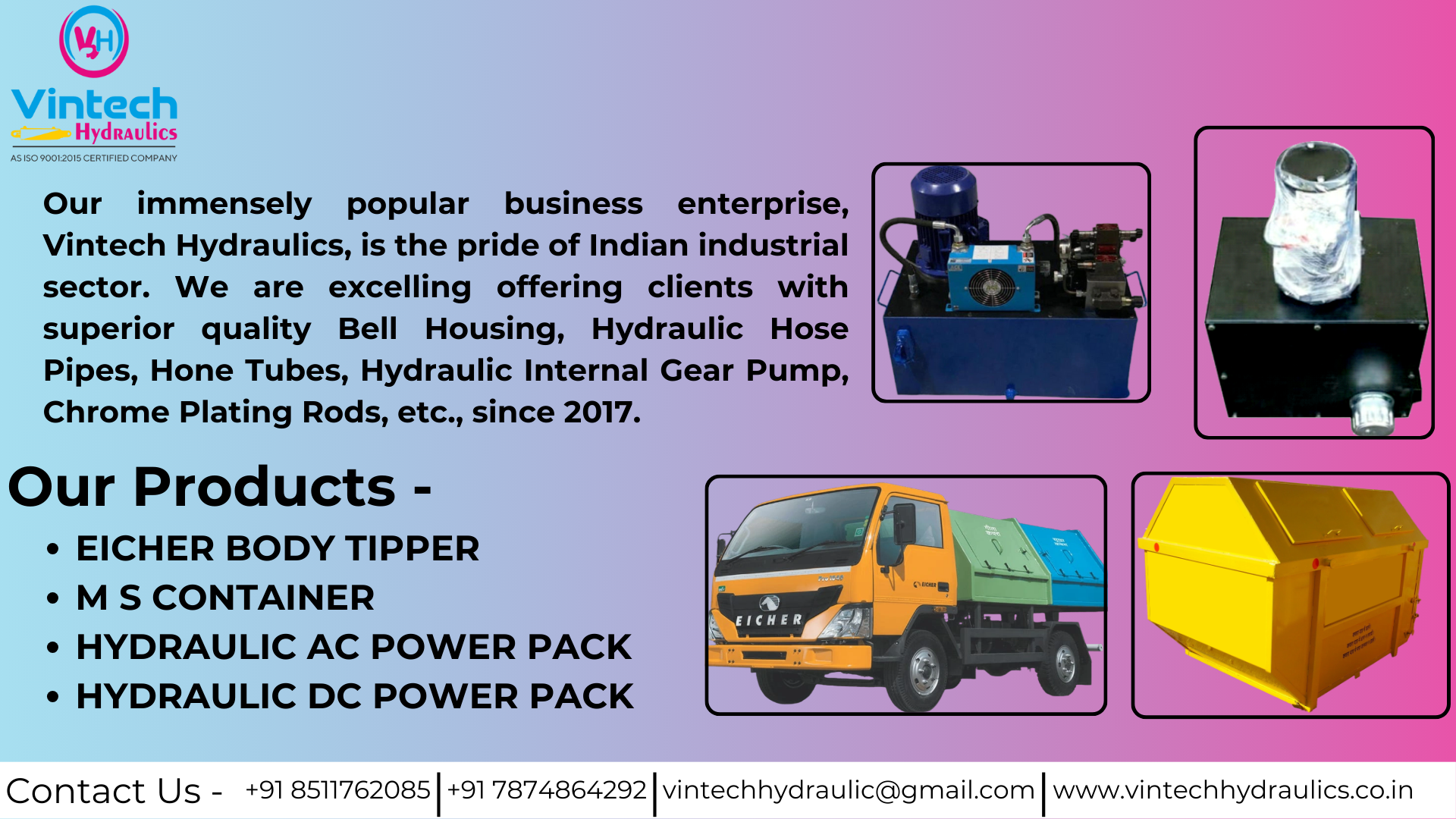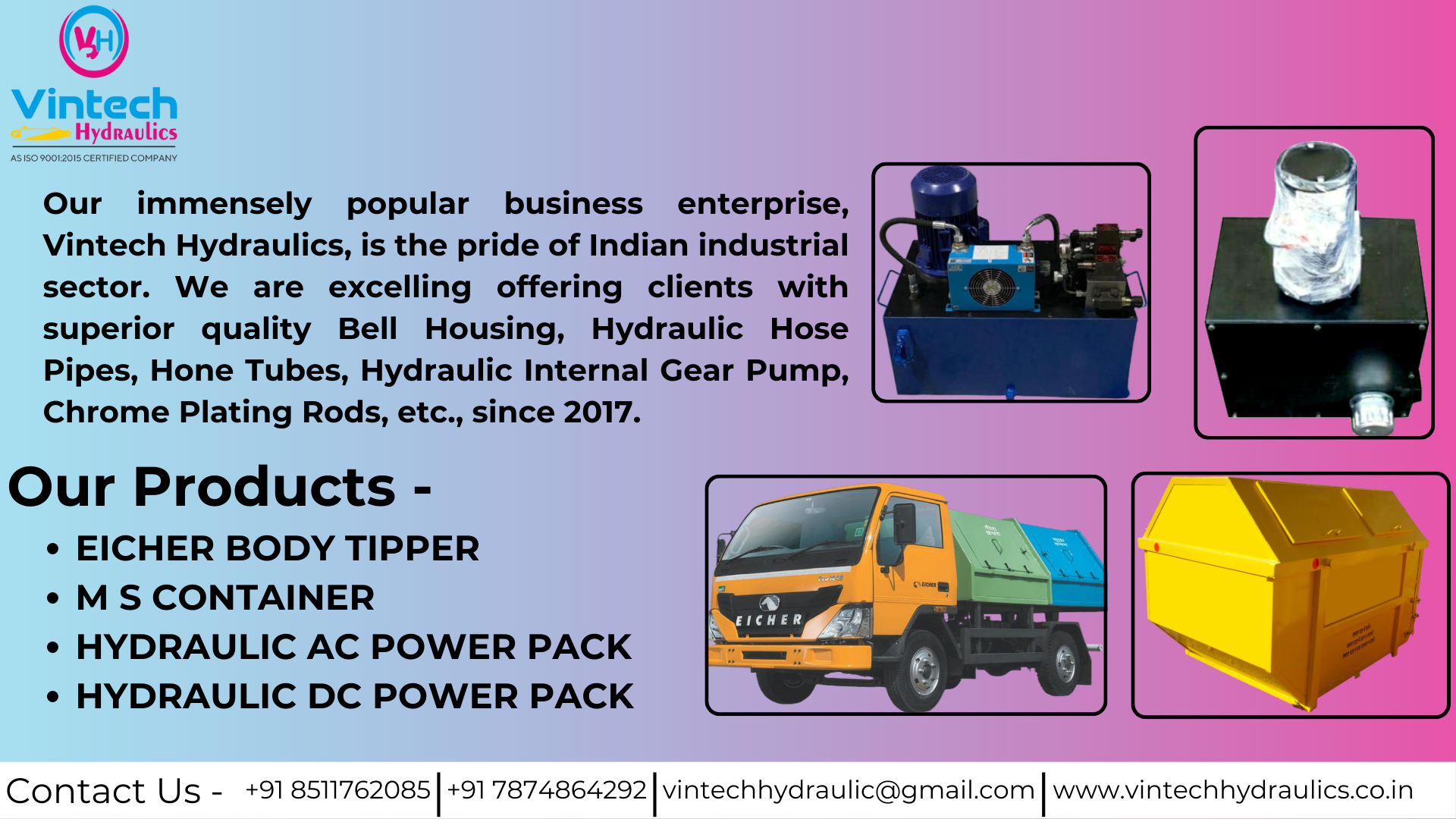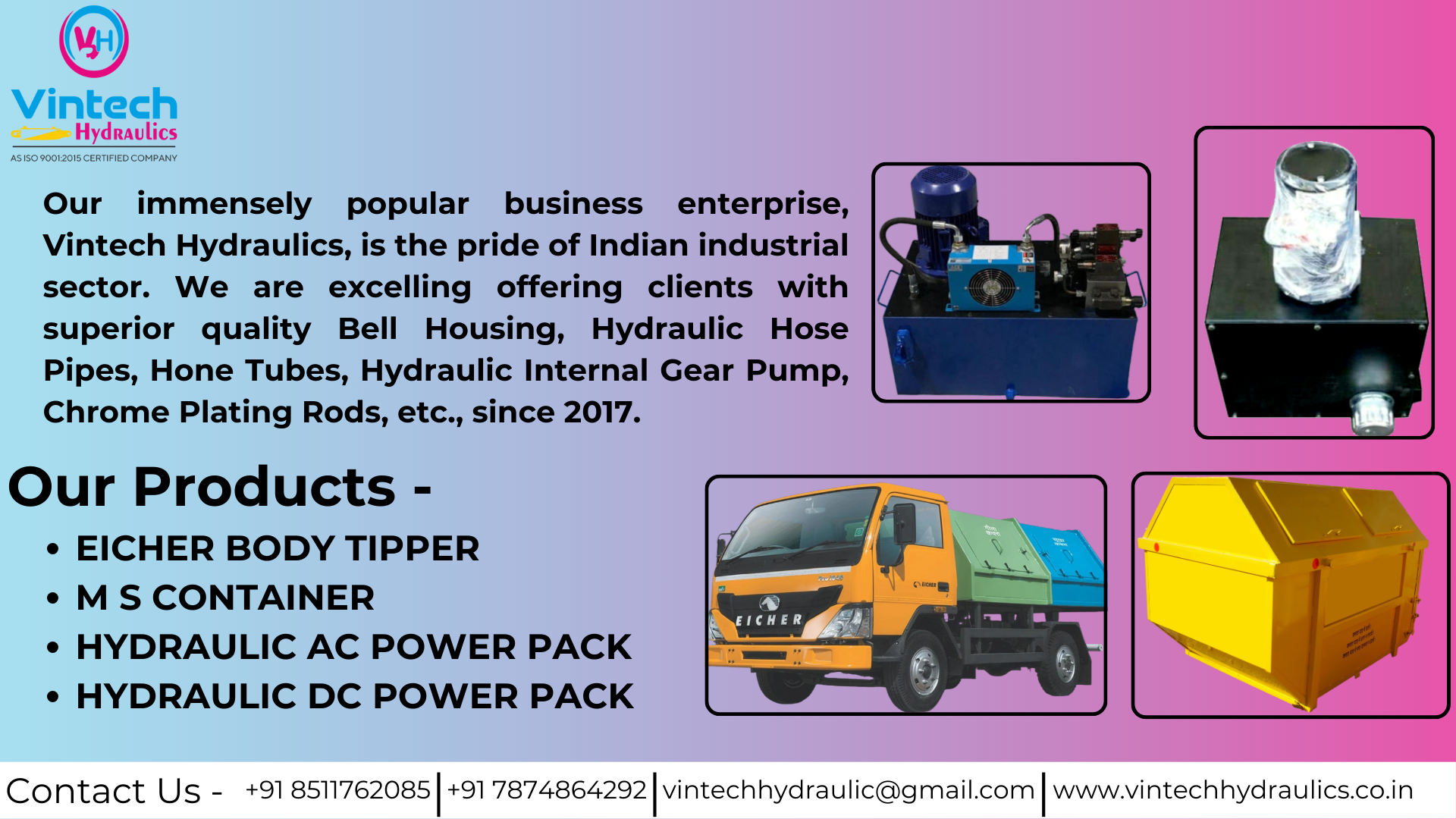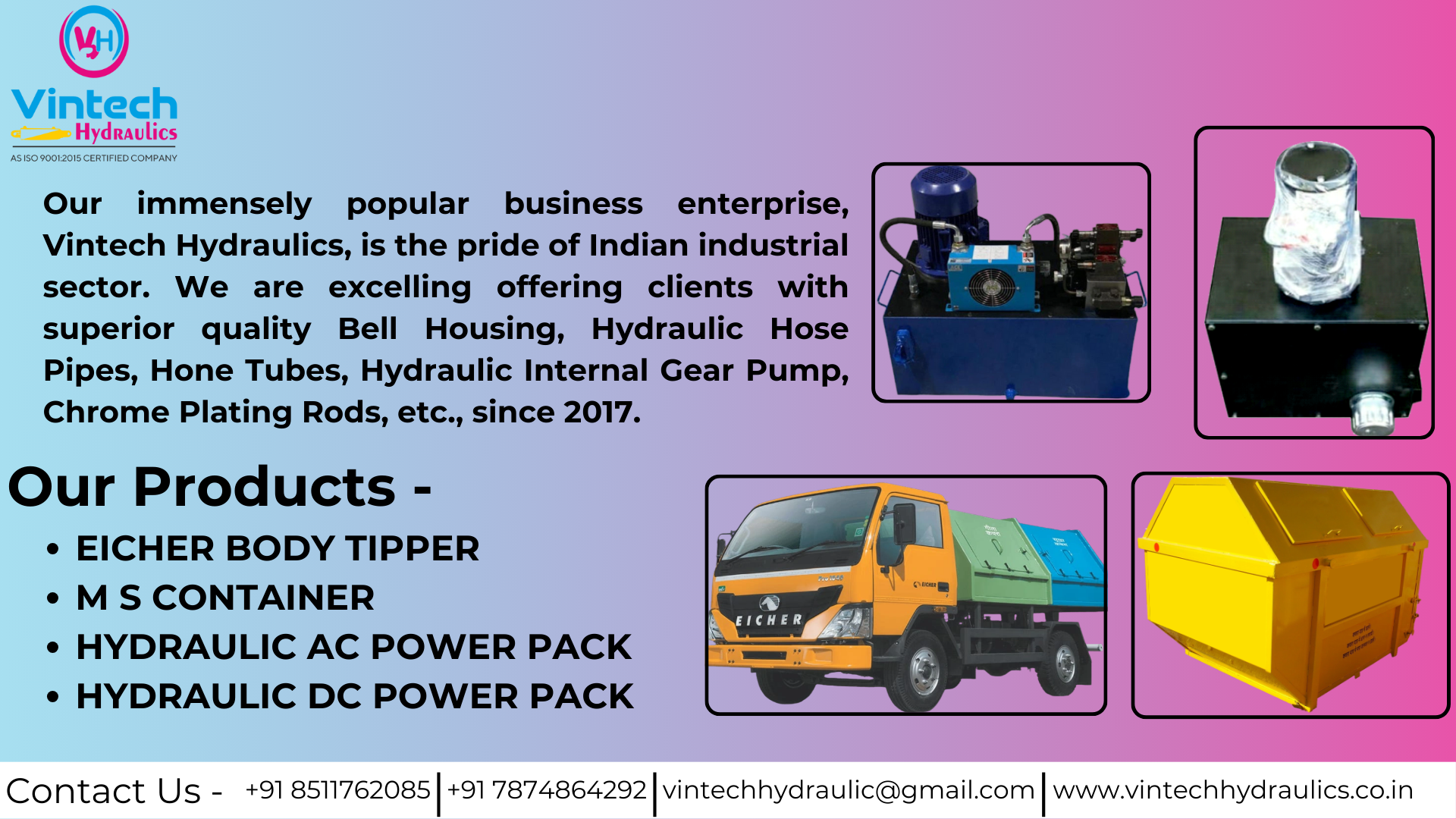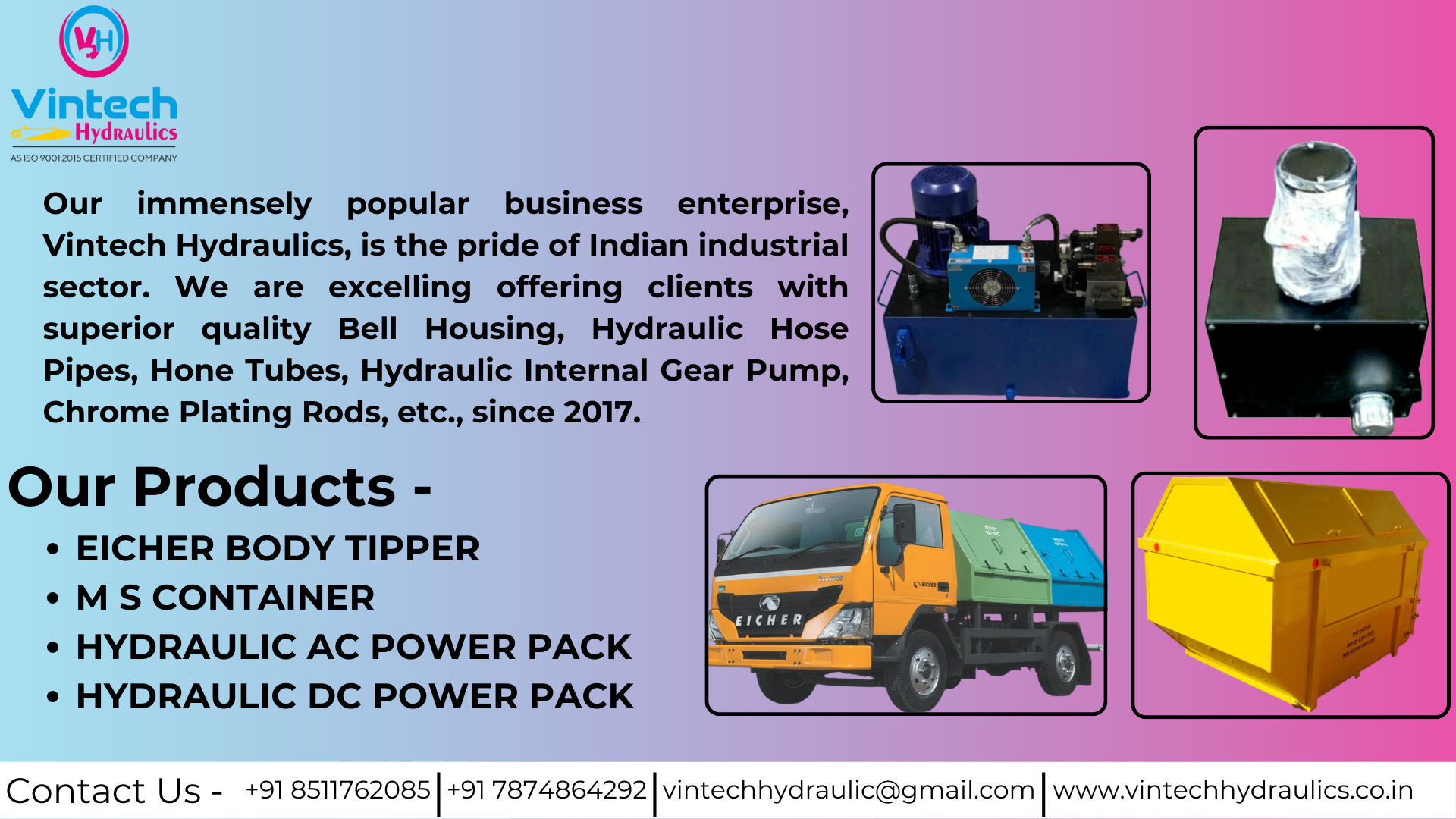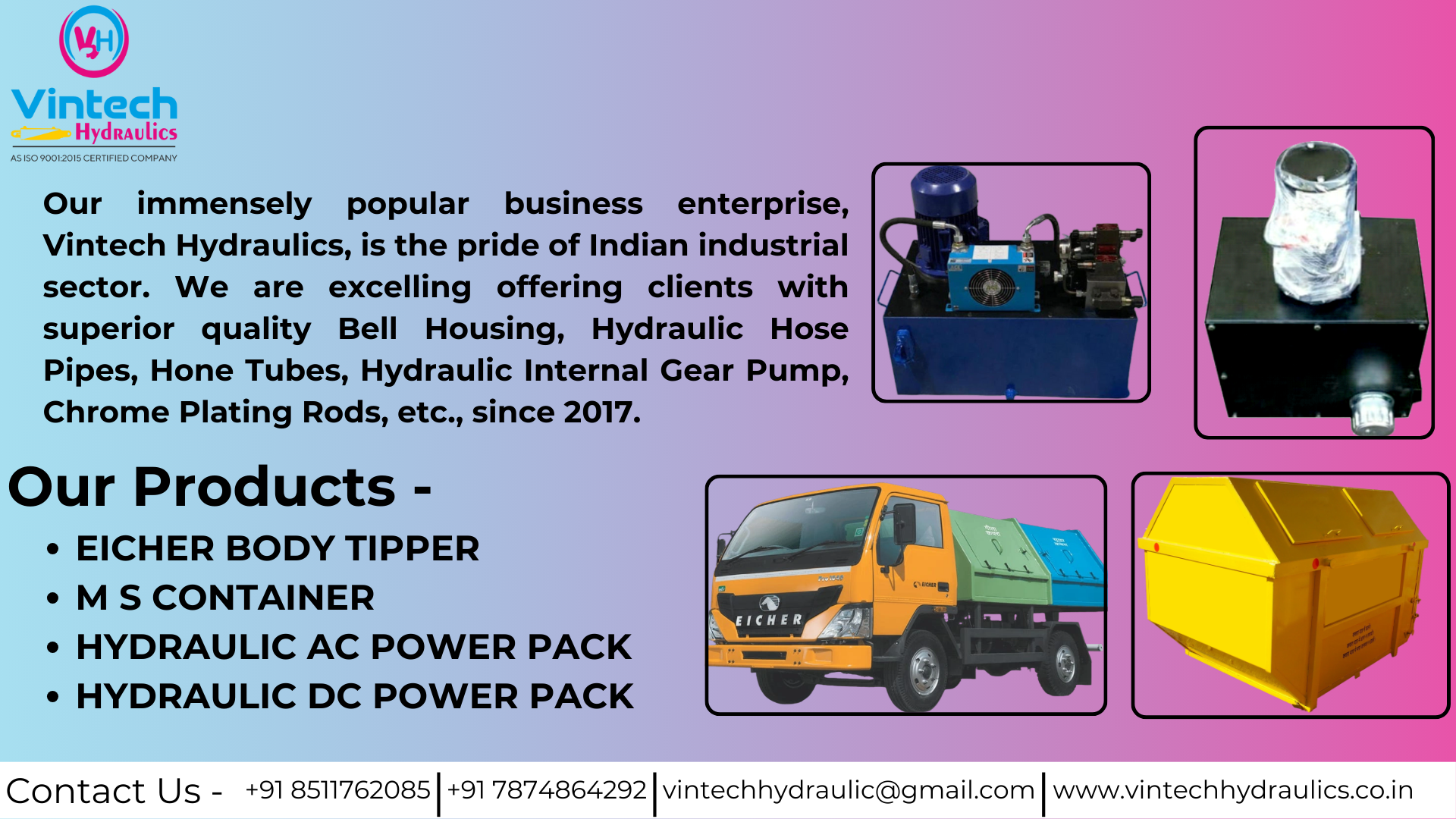
Automatic Hydraulic Cylinder
Automatic Hydraulic Cylinder
What is an Automatic Hydraulic Cylinder?
An Automatic Hydraulic Cylinder is an actuator that converts hydraulic energy into linear mechanical force and motion, but unlike manual or semi-automatic systems, it operates automatically through pre-programmed logic, sensors, or control systems, often integrated with PLCs or hydraulic valves.
How It�s Made � Construction and Manufacturing
Main Components:
| Component | Function |
|---|---|
| Cylinder Barrel | Houses the piston and fluid; precision honed for smooth movement |
| Piston | Moves linearly inside the barrel; divides the internal volume |
| Piston Rod | |
| End Caps | Seal both ends of the barrel and support piston rod guidance |
| Seals and Gaskets | Prevent internal/external leakage |
| Hydraulic Ports | Inlet/outlet for hydraulic fluid |
| Position Sensors / Encoders (for automation) | Detect piston position for control logic |
| Solenoid/Directional Control Valve | Automates fluid direction based on signal |
Manufacturing Process:
-
Design & CAD Modeling
-
Based on stroke, force, bore size, and automation needs
-
-
Material Selection
-
Machining
-
CNC-based boring, threading, and polishing of barrel and rod
-
-
Welding/Assembly
-
Precise joining of end caps, installation of seals and sensors
-
-
Testing
-
Leakage, pressure capacity, cycle testing, and signal response check
-
Advantages of Automatic Hydraulic Cylinders
| Feature | Benefit |
|---|---|
| Automatic Control | Runs based on logic, sensors, or pressure feedback |
| Fast & Consistent Operation | Precision timing and stroke repeatability |
| Smart Integration | |
| Low Maintenance | Fewer manual interventions needed |
| High Repeatability | Ideal for production environments |
| Robust Build | Long life in tough industrial environments |
Importance of Automatic Hydraulic Cylinders
-
Core to automated manufacturing
-
Eliminates manual operation = reduced labor cost
-
Improves productivity and precision
-
Used in safety-critical automation like press brakes, molds, and robotic arms
Where It�s Used
| Industry/Area | Applications |
|---|---|
| Manufacturing | Molding machines, die casting, presses |
| Automotive | |
| Construction Machinery | Excavator arms, concrete pumping automation |
| Marine & Defense | Hatch actuators, gun positioning systems |
| Tool & Die Making | Hydraulic clamps, ejectors, forming dies |
| Agricultural Equipment | Automated tillers, harvesting attachments |
Qualities of a Good Automatic Hydraulic Cylinder
| Quality | Description |
|---|---|
| High Force Output | Designed to handle large loads |
| Precision Stroke Control | Accurate piston movement |
| Contaminant Resistance | |
| Temperature Tolerance | Operates in wide range of conditions |
| Cycle Life | Rated for high cycles (millions in automated ops) |
| Programmable Logic | Compatible with various control systems |
FAQs
Q1: What makes it 'automatic'?
A: Integration with sensors, valves, and controllers allows the cylinder to operate without manual input.
Q2: Can it be retrofitted into manual machines?
A: Yes, many hydraulic cylinders can be automated using solenoid valves and PLC integration.
Q3: Is it compatible with hydraulic oil types?
A: It supports standard ISO VG 32/46 hydraulic oils, sometimes even fire-resistant fluids.
Q4: How do you control the stroke automatically?
A: By using linear encoders, proximity sensors, or servo valves along with PLC programming.
Q5: What is the life expectancy?
A: With proper filtration and preventive maintenance, the life is 10,000�50,000+ cycles or more.
Significance in Industry
-
Central to Industry 4.0 automation
Saves manual labor, increases safety, and delivers uniform quality
-
Enables 24/7 operations with minimal breakdowns
-
Used in critical operations where precision & timing are vital
Conclusion
The Automatic Hydraulic Cylinder is a backbone of industrial automation, offering a perfect blend of mechanical strength, digital control, and efficiency. Its ability to operate in high-load and repetitive-cycle environments makes it indispensable in modern industry. Whether it's running a die press, robotic arm, or smart agricultural equipment, this component plays a mission-critical role in today�s automated world.
